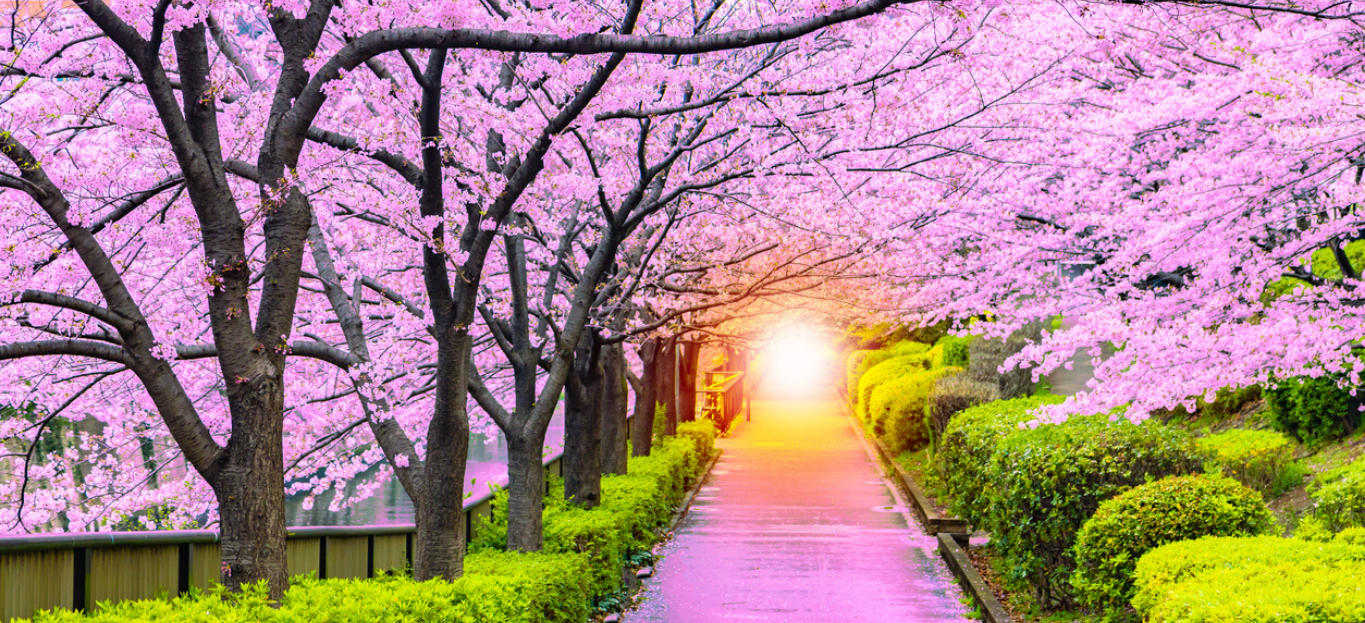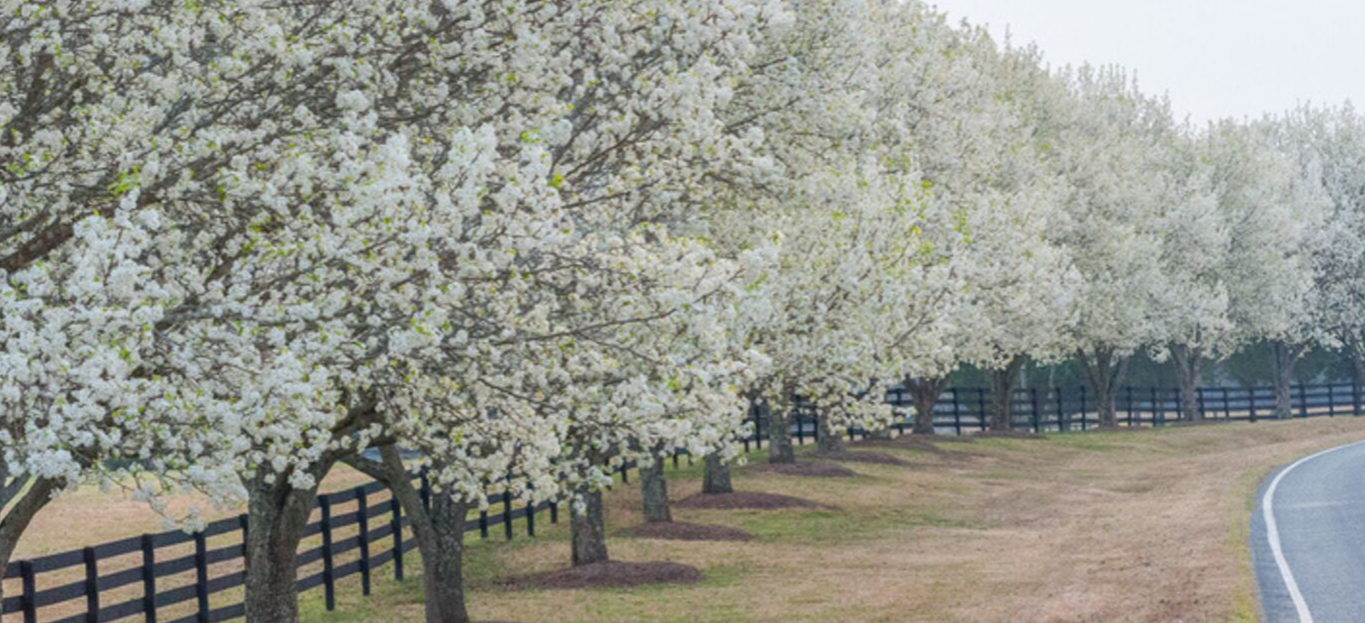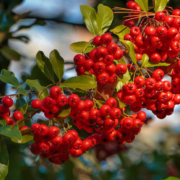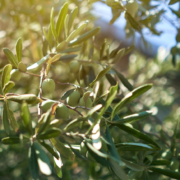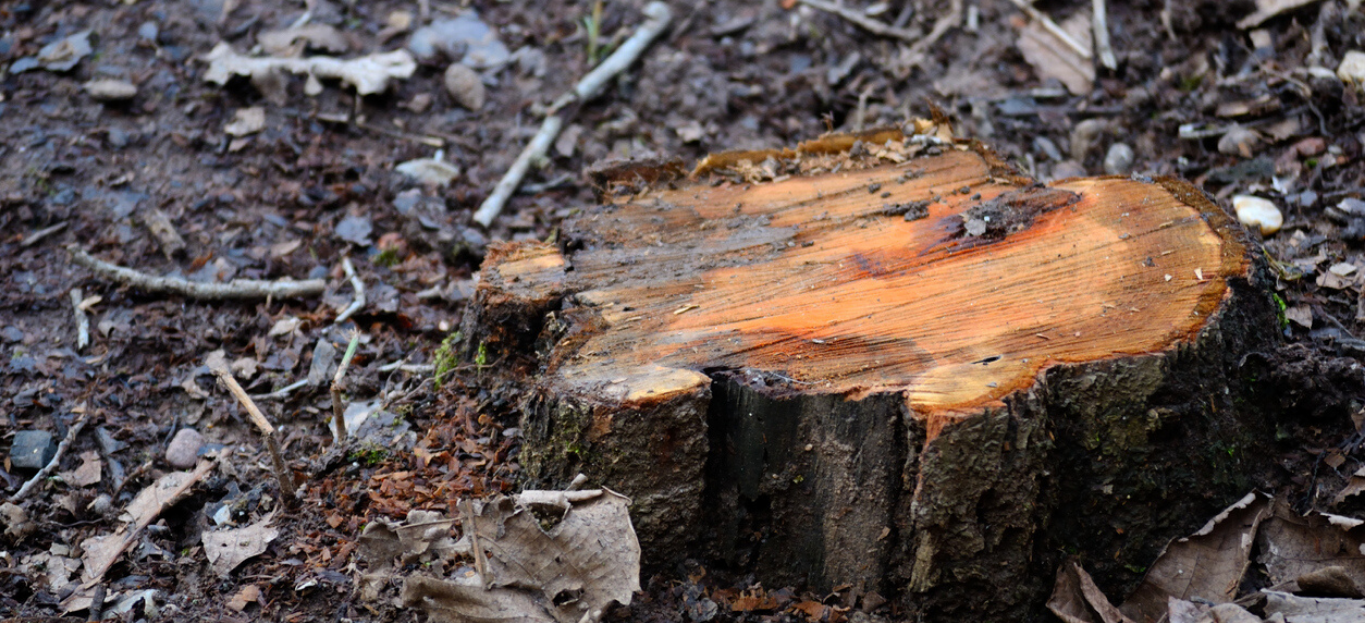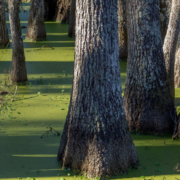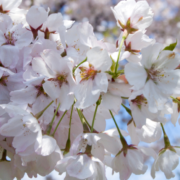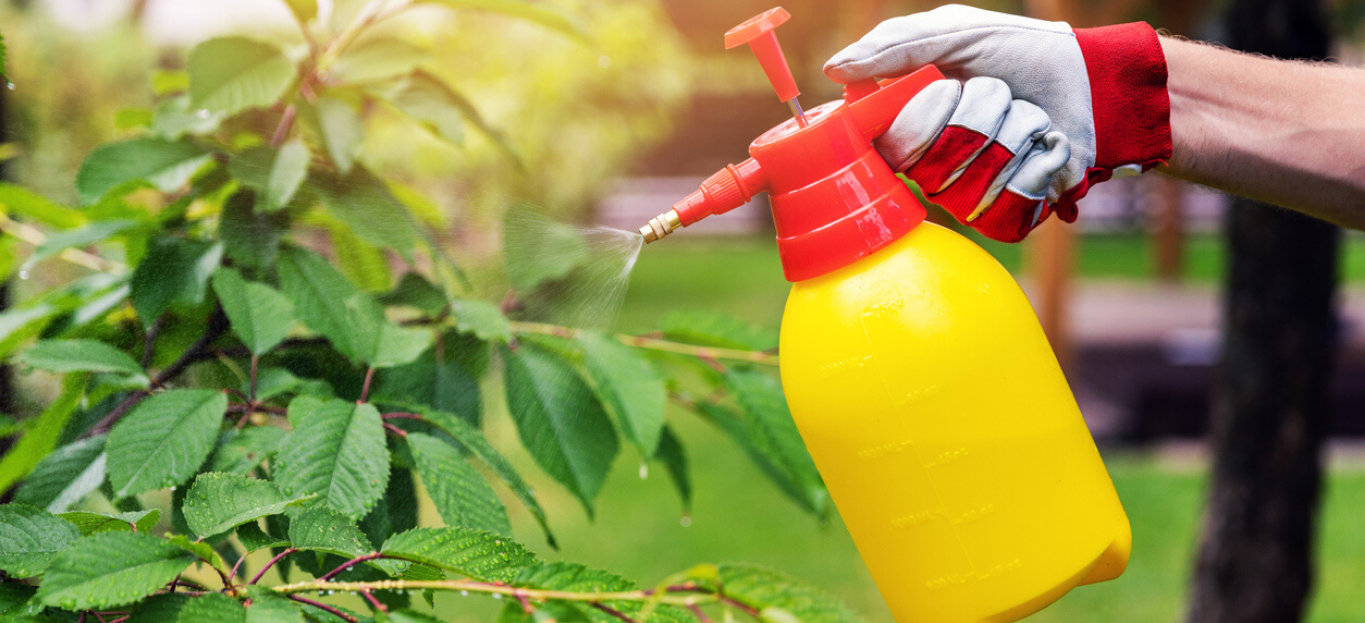Make Up Your Mind! What Changing Weather Can Do To Your Trees
Fluctuating weather is a common occurrence in Georgia. One day it might feel like spring is right on the horizon, other days a chilly freeze comes back making you snuggle up on the couch. You might even notice how some trees start to blossom too early, say around February, when the warm weather comes out to tease them and their biological systems. But, when frost comes back to bite, what will happen to those gorgeous trees with flowers ready to bloom?
The experts at Premier Tree Solutions are taking a look at how changing weather can do to your trees.
When Are Sudden Weather Changes Most Common?
Before we dive into the effects changing temperatures can have on our trees, let’s first take a look at when these weather patterns are most common. The answer to that is winter. So on top of having to worry about strong winds and bitter temperatures, you also have to worry about when spring comes in a bit too early, only to leave just as quickly as it comes.
In fact, most often than not, the biggest threat of danger to our trees is the fluctuating weather. When the temperature drops suddenly, trees and plants can really suffer since they won’t have the proper time to prepare for cold weather. The amount of stress this piles onto our trees causes some damage, which we’re about to discuss now.
What Changing Weather Can Do to Your Trees
Distorting Leaves
If leaves have already begun to appear thanks to false warmer weather, they may end up being distorted by the time all of the cold temperatures finally leave. The frost causes the new leaves to burn, have holes, and look smaller or with less concrete shapes than they might usually have.
The good news is that most of the time trees will grow out of the distortion and normal looking leaves will appear again with time.
Frost Cracks
Most commonly found in the sides of trees that face the sun and therefore face the biggest jumps in temperature, these are long cracks in the trunks that appear thanks to changing temperatures. Why does this happen? When the weather suddenly drops, it causes the outer layer of the trunk to contract quicker than the layers deeper in the tree do. That’s why a crack may appear.
Sunscald
Similar to what was described above, sunscald is where bark is exposed to intense sun during changing temperatures reddens, toughens, and then eventually cracks. Most commonly this happens to trees that have little foliage to protect their trunk from strong sun, such as when trees blossom too early and then those flowers die due to a sudden drop in cold weather.
Winterburn
Most commonly seen on evergreens, winterburn looks like scorched and brown leaf tips. When these trees are exposed to warm sun and dropped temperatures in the night, their leaves dry out. This happens more frequently when the water in their roots aren’t able to reach the leaves, such as if they freeze over due to the fluctuating temperatures.
Have any more questions about how changing weather can affect your trees? Premier Tree Solutions has been providing quality, professional tree services to the metro Atlanta and surrounding areas for more than ten years. Click here to contact us or give us a call at 404-252-6448.

